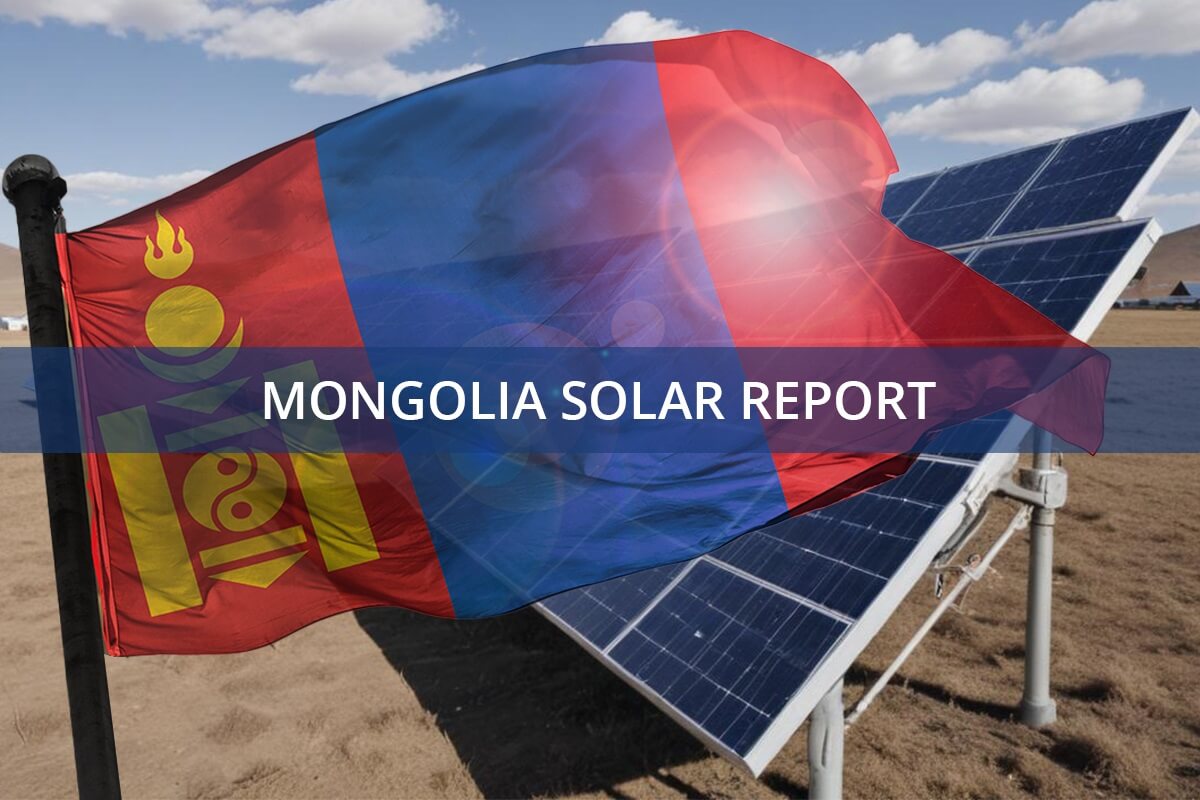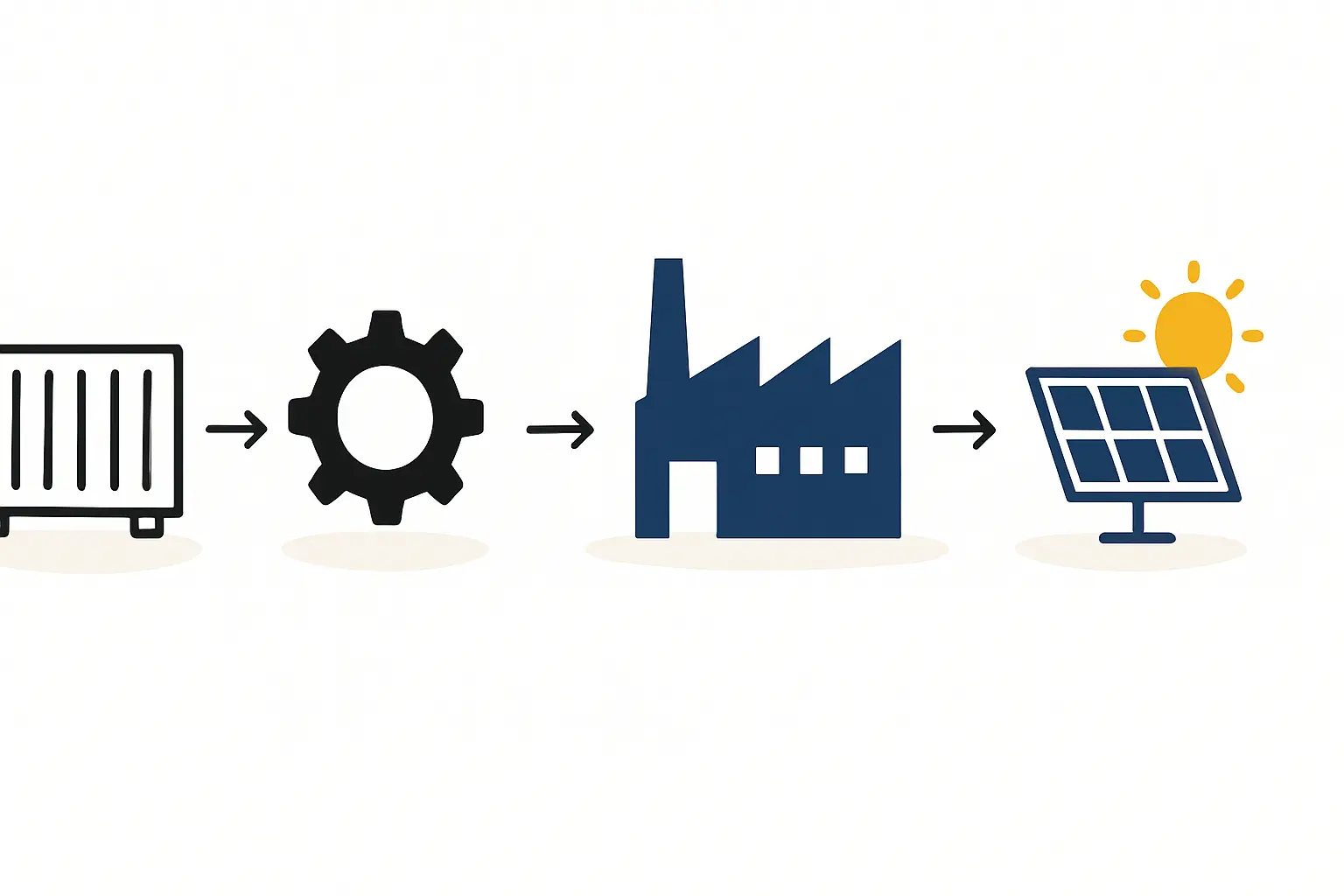Inner Mongolia’s Wind-Solar-Hydrogen Project
Inner Mongolia is poised to become a hub for renewable energy innovation with the development of one of China’s largest wind-solar-hydrogen integrated projects. This ambitious initiative, spearheaded by a consortium of state-owned energy companies, aims to leverage the region’s vast renewable resources to produce and store clean hydrogen, marking a significant step towards sustainable energy solutions.
This project underscores China’s strong commitment to transitioning to a low-carbon economy and achieving its carbon neutrality goals by 2060. Located in Ordos City, Inner Mongolia, a region renowned for its extensive wind and solar energy potential, the project is strategically positioned to maximize renewable energy generation.
The project’s design integrates wind power, solar power, and hydrogen production to establish a comprehensive and sustainable energy system. With an expected total installed capacity of 5 GW, the project includes 3 GW of wind power, 2 GW of solar power, and a substantial hydrogen production capacity of 1.1 GW. The integration of these technologies mirrors the advancements happening in solar panel manufacturing process.
To ensure a stable and reliable energy supply, the project will also incorporate an energy storage system with a capacity of 3 GWh. Developed in phases, the first phase is slated for completion by 2026. Upon becoming operational, the project is expected to significantly boost China’s renewable energy capacity and reduce the nation’s dependence on traditional fossil fuels.
Ready to make big Profits?
The solar Industry is Booming
WE HELP NEWCOMERS to the solar industry start their own solar module production line. Customers can make BIG PROFITS by selling modules and finding investors, without wasting money and time on things they don't need!
The hydrogen produced will support various applications, including industrial processes, transportation, and energy storage. Hydrogen is recognized as a critical component of the global energy transition, serving as a clean and versatile energy carrier. For those interested in the basics of manufacturing solar panels, this project showcases the practical application of renewable energy on a grand scale.
Key Players in the Inner Mongolia Wind-Solar-Hydrogen Project
The Inner Mongolia wind-solar-hydrogen project represents a significant collaboration among leading state-owned energy companies in China. The consortium includes China Energy Engineering Group (CEEC), China National Offshore Oil Corporation (CNOOC), China Huaneng Group, and China Datang Corporation.
Each company brings unique expertise and resources, ensuring the successful implementation and operation of this integrated energy system. CEEC will lead the development and construction of the wind and solar power facilities, leveraging its extensive experience in renewable energy projects to ensure adherence to the highest standards and timely completion.
CNOOC will manage the hydrogen production and storage facilities. As one of China’s largest oil and gas companies, CNOOC is actively investing in hydrogen technology to diversify its energy portfolio and support the country’s energy transition. Understanding the raw materials involved in such projects can further highlight their environmental impact.
China Huaneng Group and China Datang Corporation will offer operational and technical support. Their strong track record in managing large-scale renewable energy projects will be crucial for the long-term success of the wind-solar-hydrogen initiative. The project also highlights the need for specialized manufacturing machines to handle such large-scale renewable energy production.
Economic and Environmental Benefits of the Wind-Solar-Hydrogen Project
The Inner Mongolia wind-solar-hydrogen project is anticipated to bring substantial economic and environmental benefits to both the region and the country. It is expected to create thousands of jobs during the construction and operational phases, stimulating the local economy and providing opportunities for skilled workers in the renewable energy sector.
By integrating wind, solar, and hydrogen technologies, the project will help reduce China’s reliance on fossil fuels and decrease greenhouse gas emissions. Estimates suggest a reduction of over 10 million tonnes of carbon dioxide emissions per year, significantly contributing to China’s efforts to combat climate change and improve air quality. For those in Germany, this project exemplifies the potential for large-scale renewable energy initiatives to drive environmental benefits.
In addition to its environmental advantages, the project will enhance the stability of the regional power grid by providing a reliable and flexible energy supply. The use of hydrogen as an energy storage medium will enable the storage of excess electricity generated from wind and solar power, which can then be used during periods of high demand or low renewable energy generation. The plant cost breakdown for such a project is substantial, reflecting the scale and complexity of the undertaking. As China’s solar energy pricing shifts, projects like this will become even more economically viable, enhancing the efficiency and competitiveness of its renewable energy sector, as highlighted in recent China solar energy pricing: 5 Essential Changes by June 2025.
The Inner Mongolia wind-solar-hydrogen project stands as a landmark initiative in China’s renewable energy sector, demonstrating the country’s dedication to developing integrated energy systems that support long-term decarbonization goals.
To learn more about how you can get involved in the renewable energy transition, consider taking our Free E-Course.



